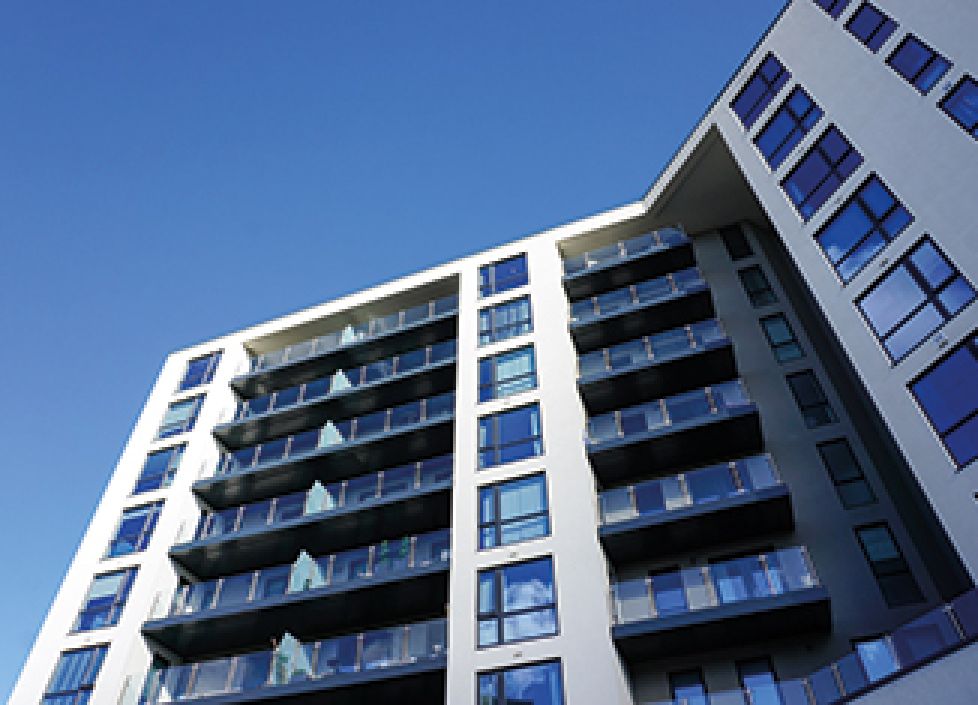Since Liz Truss’s ‘mini budget’, in September 2022, the commercial property market has been on a downward trajectory caused by higher interest rates (fuelled by high inflation and higher ‘risk free’ bond yields), significant socio-economic change fuelled by Brexit and the pandemic, and a lack of confidence in the market. Whilst this has caused pain for commercial property owners, it has also opened up a ‘Window of Opportunity’ for investors to buy commercial at lower prices from more motivated sellers.
As we navigate through 2024, I hear much talk, particularly from commercial agents, of the ‘green shoots’ of a recovery. This is predominantly fuelled by the weight of demand for commercial real estate, in some sectors, as well as the anticipation of interest rates slowly starting to come down this summer, making commercial debt more affordable. So, is the ‘Window of Opportunity’ still open?
Key Metrics for Evaluating Recovery
To assess the health of the commercial property market, several indicators tend to be crucial:
1. Occupancy Rates:
High tenant occupancy rates generally signal strong demand for commercial spaces, suggesting business confidence and operational expansion.
According to the latest survey of the market from the Royal Institution of Chartered Surveyors (RICS), tenant demand increased by 4% in the first quarter of 2024, up from a -7% net balance at the end of 2023, with industrial sectors showing the most robust growth since the third quarter of 2022 at a net balance of +14%. Office spaces also saw an increase in demand, the first since early 2022.
However, demand for occupational space is becoming more regionally, and sectorally, divided. In London, office demand has increased from +3% to +40%, while in other parts of the UK, demand remained stagnant or slightly declined.
Retail demand is stronger in London compared to other regions, while industrial property demand continues to be positive across most areas.




















